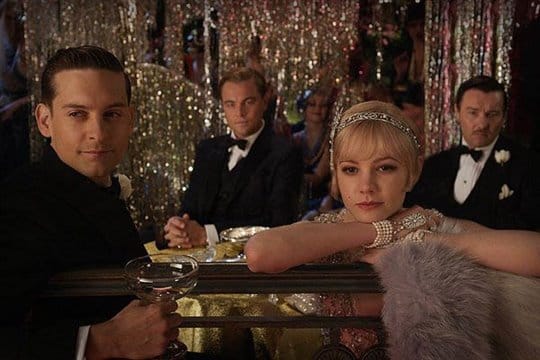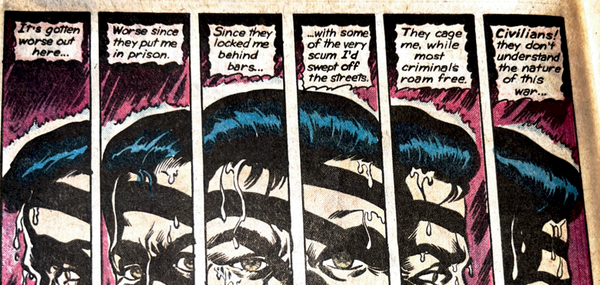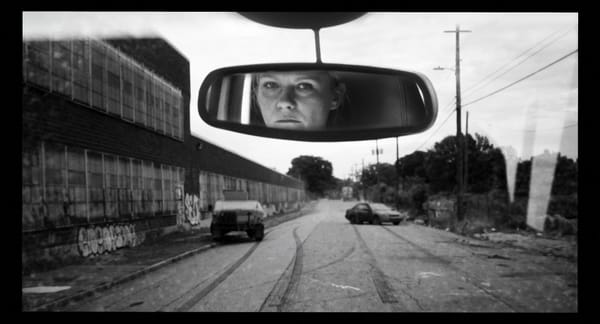Is The Great Gatsby Still Relevant?
Revisiting the Jazz Age Classic

If you went to high school in the United States between the mid-1950s and today, there’s a good chance you’ve read The Great Gatsby. (There’s also a good chance that you read the first 30 to 60 percent of it and Cliff-Notes-ed the rest.)
My wife read it. My college-age son and daughter read it. I read it but remembered it only vaguely. Unlike To Kill a Mockingbird, Romeo and Juliette, The Catcher in the Rye, The Outsiders, or Fahrenheit 451, the appeal or value of Gatsby for high school students was never obvious to me.
Thanks for reading Write Imitates Life! Subscribe for free to receive new posts and support my work.
When I heard that my other son, now a freshman in high school, was going to be assigned it, I decided to pick it up again to see what the big deal is.
The Great Gatsby is an odd little book.
Fitzgerald has chosen to tell a heart-wrenching, sorrowful story of love, longing, and the broken American Dream indirectly, in the shape of a coolly recounted, extended anecdote relayed by Jay Gatsby's associate, Nick Carraway. Much of the important plot of what’s important happens off-stage and is relayed to us second or third-hand. Much we only learn very late in the book.
Needless to say, this is not a normal way to write a novel. The book relies so heavily on subtle implications that it’s easy to see how your average high school student could miss the point.
The most immersive scenes are the beautifully described portraits of wealthy party life in the Jazz Age:
THERE WAS MUSIC from my neighbor’s house through the summer nights. In his blue gardens men and girls came and went like moths among the whisperings and the champagne and the stars. At high tide in the afternoon I watched his guests diving from the tower of his raft, or taking the sun on the hot sand of his beach while his two motor-boats slit the waters of the Sound, drawing aquaplanes over cataracts of foam. On weekends his Rolls-Royce became an omnibus, bearing parties to and from the city between nine in the morning and long past midnight, while his station wagon scampered like a brisk yellow bug to meet all trains. And on Mondays eight servants, including an extra gardener, toiled all day with mops and scrubbing-brushes and hammers and garden-shears, repairing the ravages of the night before.
Which is probably why this is what most people remember.
One point of a high school literature class is to make the implicit explicit. Gatsby reaches out toward the green light at Daisy’s dock and we’re told this symbolizes love and the great hunger of the American Dream.
But does the book really qualify as a story about the American Dream in more than a narrow sense? Yes, Gatsby started out poor, but unlike Dreiser’s An American Tragedy (which was also published in 1925), the focus of Gatsby is less on poverty and wealth and more on the less universally relevant theme of old money (Tom and Daisy Buchanan) versus new (Gatsby).
On the other hand, nearly a century after its publication, Fitzgerald’s depiction of the cowardice, entitlement, hideous narcissism, and impunity of the uber-wealthy seems more relevant than ever.
Jay Gatsby is a bootlegger, a con man, and possibly worse. His yearning for Daisy—the woman whose most captivating feature is her “voice full of money”—is indistinguishable from his obsession for wealth and status.
Tom Buchanan is clueless a sociopath who casually punches his mistress Myrtle Wilson in the face for mentioning his wife Daisy’s name, and has no qualms about pointing Myrtle’s distraught and half-mad husband toward Gatsby after she is killed in the hit-and-run.
Daisy is mostly a cipher. After everything, all her professions of love for Gatsby, she is more than willing to let him take the fall for Myrtle’s death, even though she was the one driving the car.
As Nick puts it at the end,
They were careless people, Tom and Daisy—they smashed up things and creatures and then retreated back into their money or their vast carelessness, or whatever it was that kept them together, and let other people clean up the mess they had made.
In the end, the curious distance Fitzgerald puts between us and the subjects of his book serves this theme brilliantly. You and I are not part of Tom and Daisy Buchanan’s world. At best, we’re spectators, peering through a half-closed curtain as Nick does, trying to understand what they are saying as they close ranks and avoid consequences.
The end of The Great Gatsby is tragic and beautiful, but what I came away with was less sadness than disgust. All of this is intentional. Fitzgerald knew what he was doing and carried it off brilliantly. As a writer, I am impressed and in awe.
I’m still not sure why people think it’s so invaluable for the high school curriculum.
My son tells me he’s looking forward to reading it.
Thanks for reading Write Imitates Life! Subscribe for free to receive new posts and support my work.



